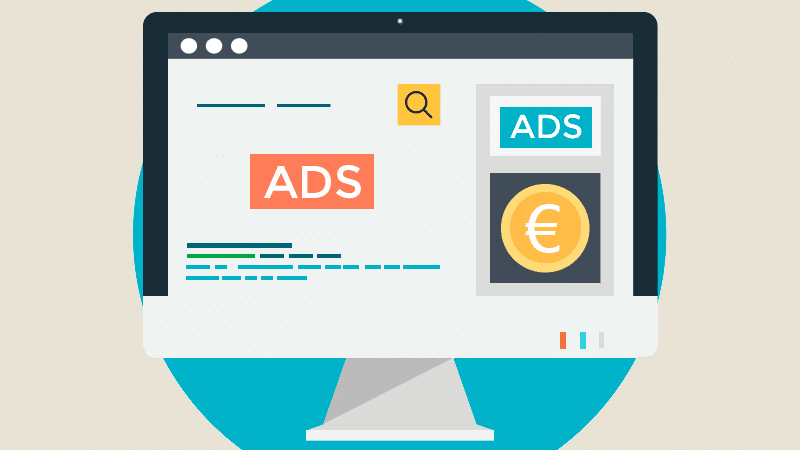Website Design and Maintenance: Key Strategies for Long-Term Success

Introduction
A website is more than just a digital business card; it’s the face of your brand, a platform for your products or services, and a tool to engage with your audience. However, creating a website is only the first step. Ongoing website design and maintenance are crucial for keeping your website functional, up-to-date, and relevant in an ever-evolving digital landscape.
From designing an intuitive user interface to ensuring your site is running smoothly and securely, maintenance is necessary to keep your website operating at its best. This article will explore why website maintenance is essential, the key areas of focus for design and upkeep, and the best practices for long-term success.
Why Is Website Design and Maintenance Important?
- Ensures Optimal Performance
Over time, websites may experience slow loading speeds, broken links, outdated content, and other issues that can negatively affect the user experience. Regular website maintenance helps ensure that everything is working as it should, providing users with fast, seamless browsing. - Improves Security
Website security is paramount. Unpatched vulnerabilities, outdated software, and poor coding practices can make your site a target for hackers. Regular maintenance includes software updates, security patches, and checks to help protect your site from cyber threats. - Boosts SEO
Search engines like Google favor websites that are regularly updated with fresh, relevant content. Proper website maintenance, including optimizing meta tags, updating keywords, and ensuring mobile responsiveness, can help improve your search engine rankings and make your site more visible to potential customers. - Enhances User Experience
A well-maintained website creates a better user experience by ensuring all links, images, and content are accessible. If your site’s navigation is broken or certain elements are outdated, visitors may leave and never return. Maintenance ensures your website remains user-friendly and engaging. - Adapts to Changing Business Needs
As your business grows, your website will need to evolve with it. You might add new services, update branding, or even expand your online store. Website maintenance allows you to adapt your site to new business goals and ensure it accurately reflects your brand.
Key Areas of Website Design and Maintenance
- User-Centered Design (UI/UX)
User experience (UX) and user interface (UI) design are integral to creating a successful website. A well-designed website should be intuitive, easy to navigate, and visually appealing. Regular updates to your website’s design ensure it meets the changing needs of your users, providing a seamless browsing experience. - Responsive Web Design
Responsive design ensures your website looks and functions well across all devices, including desktops, tablets, and smartphones. Regular checks are necessary to ensure that your website maintains a fluid design, as new devices and screen sizes continue to emerge. - Content Updates
The content on your website needs to stay fresh to remain relevant. Regular content updates, such as blog posts, news articles, and product descriptions, help keep visitors engaged and encourage return traffic. Additionally, updating your website's content regularly can enhance SEO and drive organic traffic. - Security Updates
One of the most important aspects of website maintenance is ensuring your website is secure from external threats. Keeping your site’s software, plugins, and themes up to date with the latest security patches is essential for protecting sensitive user data and preventing security breaches. - Performance Optimization
A slow-loading website can drive visitors away. Regular performance checks, such as optimizing images, caching, and using a content delivery network (CDN), can help reduce load times and improve site speed. Fast-loading websites are also favored by search engines, which can boost your SEO rankings. - SEO Optimization
Search engine optimization (SEO) is an ongoing process that should be integrated into both the design and maintenance of your website. Regularly updating your website’s meta tags, titles, descriptions, and keywords will help keep your site optimized for search engines. Monitoring and adjusting your SEO strategy ensures that your website remains visible and competitive in search results. - Bug Fixes and Error Resolution
Issues like broken links, malfunctioning forms, and error messages can create a negative experience for visitors. Regularly testing and fixing these errors ensures that your website runs smoothly and users don’t encounter frustrations that may lead them to leave your site. - Backup and Recovery
Backing up your website data is essential in case of unexpected issues, such as server crashes, hacking attempts, or other data loss events. Regular website backups allow for easy recovery, ensuring minimal downtime and loss of valuable content.
Best Practices for Website Design and Maintenance
- Establish a Routine Maintenance Schedule
Website maintenance should be an ongoing process rather than a one-time fix. Establish a regular schedule for updating your website’s content, checking for software updates, testing functionality, and optimizing SEO. Monthly or quarterly maintenance checks are recommended to keep everything running smoothly. - Use Website Analytics
Tools like Google Analytics can provide valuable insights into how visitors are interacting with your website. Use this data to identify areas that need improvement, such as high bounce rates or slow-loading pages. Regularly reviewing analytics can help you make data-driven decisions about design and maintenance. - Monitor Website Security
Implementing a security monitoring tool can help you keep track of potential vulnerabilities and attacks in real-time. Tools like SSL certificates, firewalls, and security plugins help protect your website from threats and provide peace of mind. - Prioritize Mobile-Friendly Design
With mobile traffic now accounting for a significant portion of web browsing, it’s essential to prioritize mobile-first design. Regularly testing your website’s mobile responsiveness ensures that your users have a smooth experience on smartphones and tablets. - Track Performance Metrics
Use tools like Google PageSpeed Insights to track your website’s loading speed and performance. Regularly reviewing and optimizing these metrics will help maintain a fast and responsive website, which is critical for user retention and SEO. - Regular Backups
Automate regular backups of your website to protect your data and minimize the risk of losing important content. Most website maintenance tools allow you to set up automatic backups on a daily, weekly, or monthly basis. - Stay Updated on Industry Trends
The digital landscape is constantly evolving, and keeping your website updated with the latest design trends, security protocols, and technology will help ensure your site remains modern and competitive. Regularly review industry trends and adapt your website design and features accordingly.
Conclusion
Website design and maintenance are ongoing processes that require consistent attention to ensure a website remains functional, secure, and aligned with the goals of the business. Regular updates, design improvements, content adjustments, and performance optimizations all contribute to the success of a website.
By following best practices for both website design and maintenance, businesses can provide their users with a seamless experience, improve search engine rankings, protect sensitive data, and ensure long-term success in the digital world.




